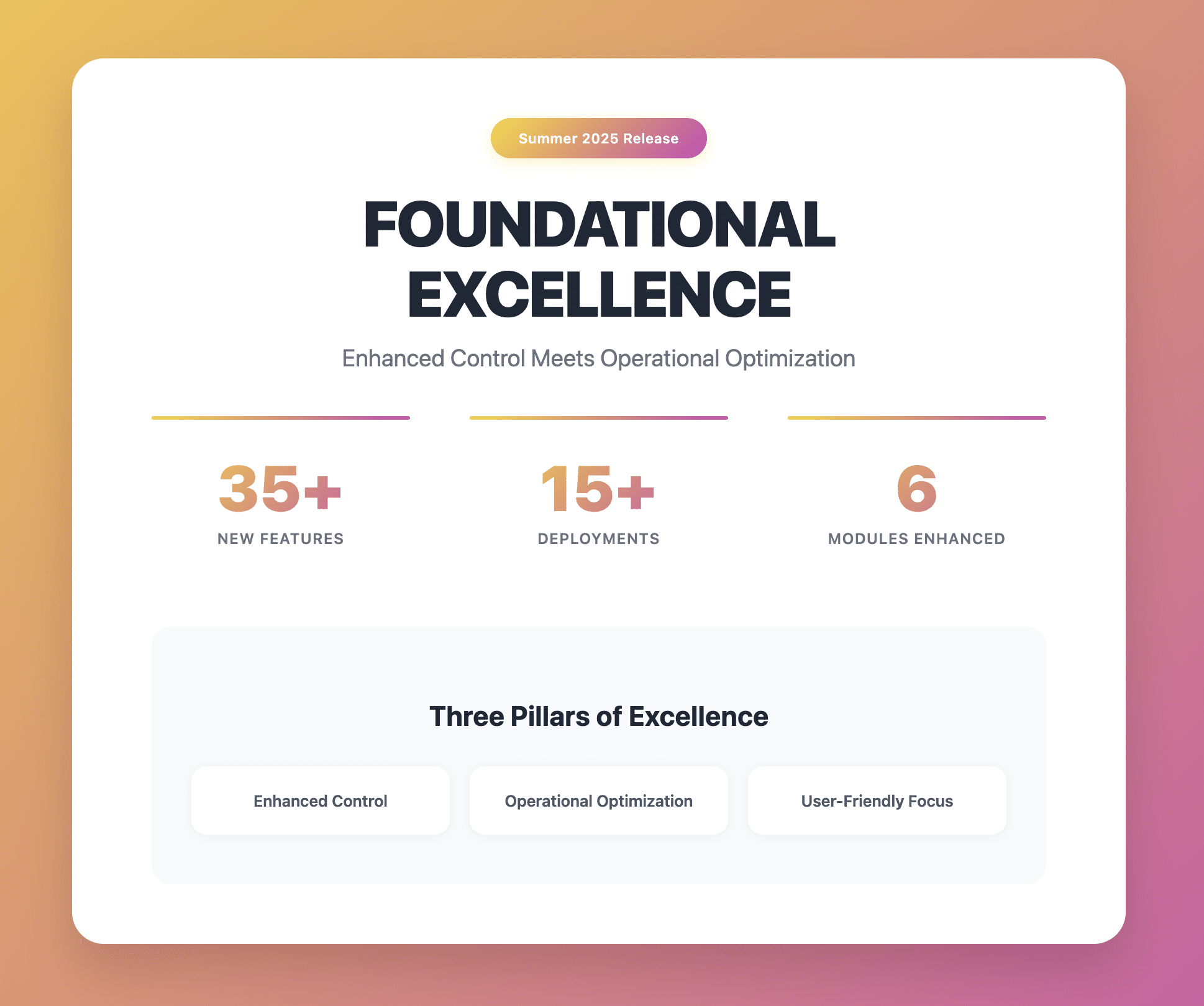Email marketing is at the foundation of any event marketing strategy today, even in the age of social media and content marketing.
A last year’s research determined that email marketing campaigns were able to produce an average ROI of $38 for each dollar spent. Its effectiveness and ability to reach out to the right people and with the right timing are still unequaled and critical for your events more than any other channel or any other types of digital advertising combined.
It is therefore important to make sure that you are not missing out and that these campaigns are done correctly for your events. Here is a checklist of some of the dos and don’ts to guide you along.
Do’s

Do write a compelling subject line. This is often the first impression and it is as important as the content of your email. An interesting subject line has the potential to influence your recipients toward following through to connect with the content of your email and what you have to say.
Do provide immediate value. The purpose of the content in your emails has to be obvious and the intention very clear. Nothing confusing, it ought to be simple and direct.
Do follow the rules and regulations. Wherever you operate from, there are policies and laws that govern the distribution of commercial messages. Stay within bound and follow the code of practice suggested.
Do make it mobile-friendly. More and more, information are consumed and transactions are made on-the-move through mobile devices. It is therefore important that your emails can be viewed and read properly on these handy devices and with optimized features where possible to impress on your potential attendees.
Do personalize your emails. Write it from a second-person point-of-view, staying casual while focused on your objectives and consistent with your brand voice. It is important that the ones receiving the emails feel valued and there is somebody on the other side, not just a machine and impersonal. You can also include a signature and all the necessary contact information.
Do segment your list. Segmenting your audience allows you to create more targeted messages for different groups, leading to better open rates, engagement and improved deliverability.
Do use an email marketing service provider. There is a great selection of email marketing service providers that can help you with most or all the respective guidelines. They are easy to use with great templates and features that will help you do a good and professional-looking job and have the ability to track useful statistics on your campaigns. Depending on the capabilities you wish to have or need, it can start with a free subscription or trial version to a monthly pricing structure. MailChimp, Constant Contact and GEVME are some examples.
Do make it easy to register and to have more information. If your event is ready for registration, provide a clear and obvious call-to-action. Make it easy and available to the potential attendee to register at any point of time should he or she decides to attend. Include links to the event page or blog for more information to facilitate the decision-making process.
Do double-check, proofread and edit. Of course mistakes happen but they should be avoided as far as possible especially since, once emails are sent, they are out and impossible to fix them. Too many mistakes can appear to be unprofessional and can influence badly on the attendees’ decision to follow through.
Do plan your content together with your campaigns. Choose the range of tactical content based on your overall email marketing strategy.
You can plan, vary the format and mix it up content-wise as well as visually to include texts, pictures, infographics or videos together with links to your recent blog posts in relation to your upcoming event. Also, create an email content calendar, planning the relevant copy, visual content and any design elements in advance so that it is not a last-minute scramble.
Do track and analyze your data. Keep thorough records of all emails sent with all the relevant data you can gather with regards to the open, click-through, revenue and conversion rate. With the help of a data analytics tool, you will be able to analyze the trends in order to find out which approach works better and/or make informed decisions about your current and future email marketing strategy. Find out more about tracking data.
Don’ts

Don’t send generic emails. With the massive amount of emails being sent and received each day, the potential attendee has become very selective with his/her attention. Generic emails are therefore not well received. The rate of opening and interest for personalized emails are higher.
Don’t assume that a high open rate mean success. It is great to know that the email was opened but was there any follow-through or did it translate into an enquiry or registration?
Don’t forget to follow-up. Following up means you want to engage further with the potential attendees and you have their best interest in view. It is a good practice to follow-up within a week of your last email.
Don’t buy lists of contacts. It is a bad idea and invasive to send emails to anonymous contacts since you do not have their permission or their expressed interest. Therefore, it is likely that you could get your emails flagged as spam. You also do not wish to antagonize people and gain distrust from them. It is a much better idea to get consent and build your list of potential attendees with vested interests in your events. Grow your lists organically instead.
Don’t perform hard sell. Yes, your event may be one not to be missed but leave the decision to your interested parties. It is always rewarding to be warm, kind and opened by proving them with information to make their own informed decision.
Don’t abuse your list. You do not wish to come out as desperate or not organized. You want your contacts and potential attendees to stay well informed and engaged, not create impatience or overload them information at any given time by stuffing their inboxes. It is helpful and more effective to have a promotional timing and email campaign sequence in place. This will allow you to be strategic and have a clear vision of at the total number of emails being sent per month.
Don’t send unappealing emails. It is best to carefully craft your emails that they do not appear too overcrowded with either texts or images. Keep it to the bare essentials, short and snappy with more details linked to your blog or website. It does not mean too basic either but stay clear in the objective of each email in an email template with a simple design and consistent.
No doubt, there is a lot to observe and monitor with your event emails going out. Technology has made it more accessible and manageable to do so with the various event management software solutions incorporating features to aid with your email marketing endeavors such as GEVME. Otherwise dedicated email marketing service providers are readily available such as the one mentioned further above in the list of do’s and don’ts.
Are there any more to the list above that can significantly play a role in sending those event emails? Do not hesitate to make your own recommendation and add to the list.








